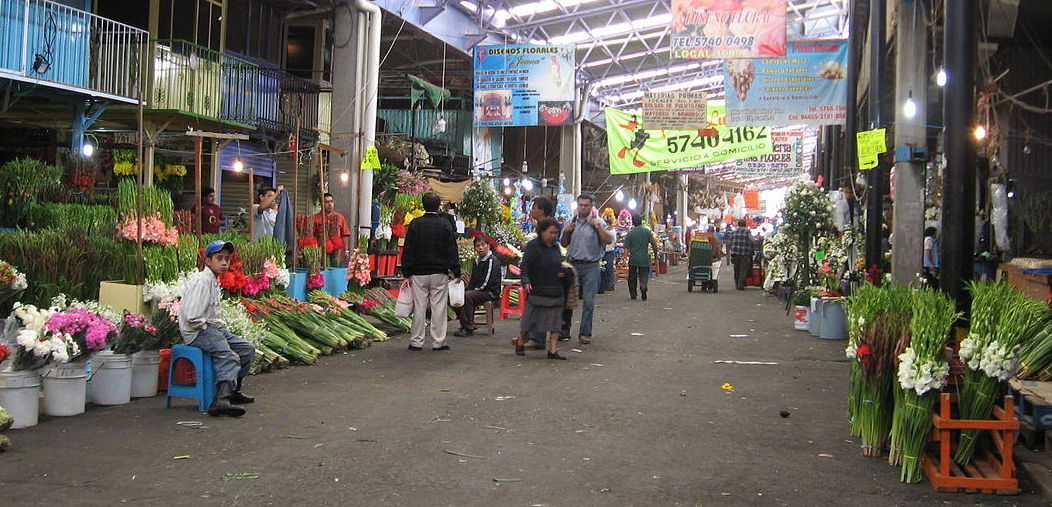
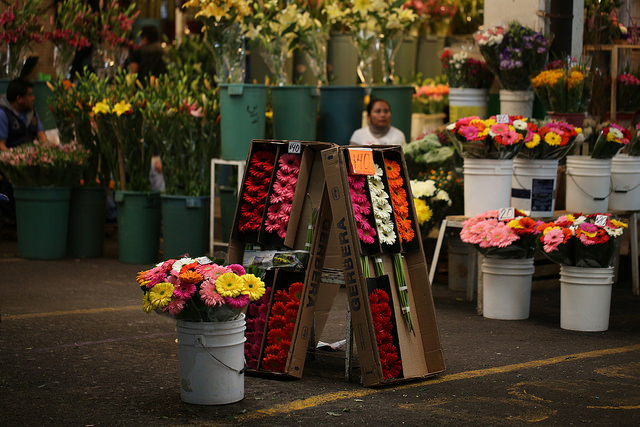
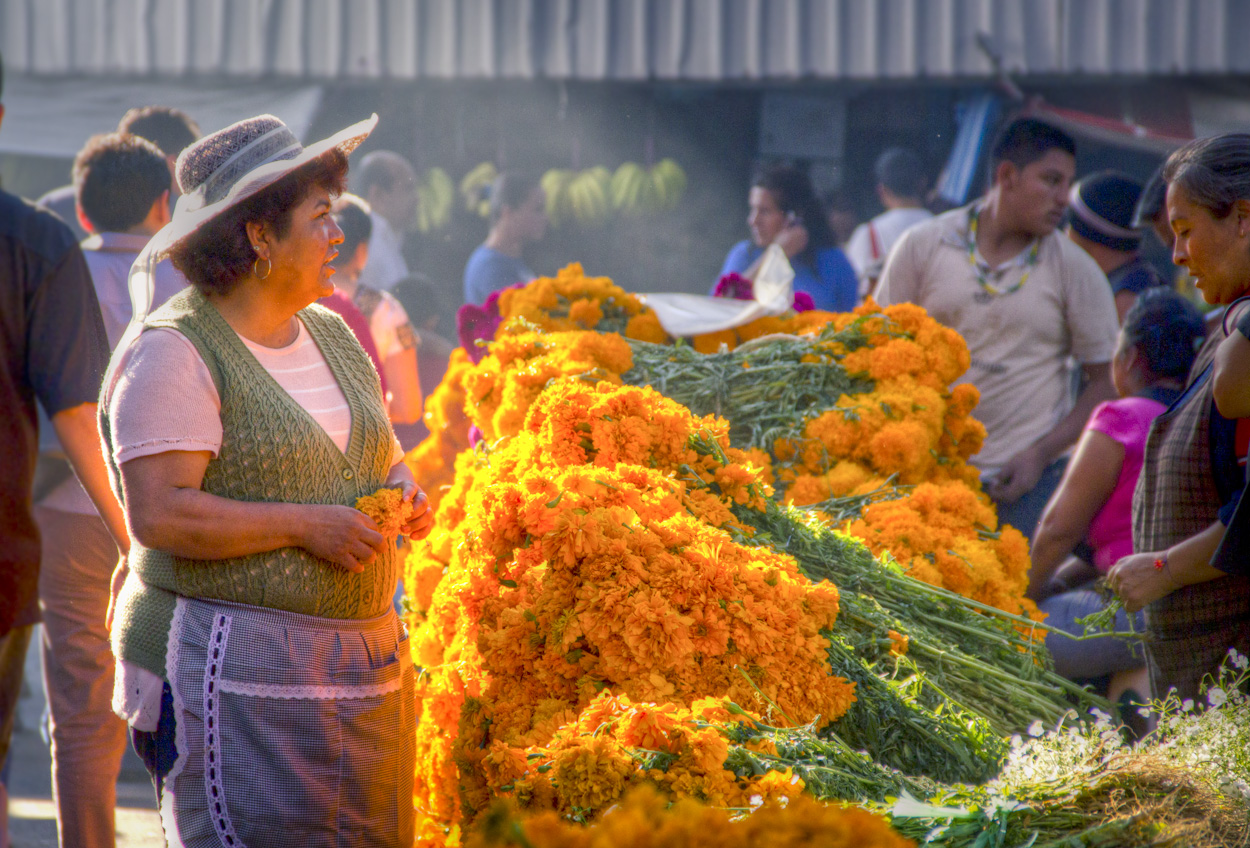
One of the city’s most traditional markets, the Mercado de Jamaica is an explosion of color and fragrance. The leading flower market in the city, it’s also one of those most frequented by international guests. Come for the sights, the sounds, and the smells, like you might to any of the city’s many public markets. But at Jamaica, you’re in for a real treat, and your nose is too.
Best known for the sale of flowers and ornamental plants, the market sells about 5,000 different types. These arrive to the market from Puebla, Veracruz, Chiapas, Oaxaca, Mexico State and Michoacán. The main customers are florists in Mexico City, but sales also include exports to the United States and to other countries. Some indigenous plants are available almost nowhere else in the world.
In total, the market includes about 1,150 vendors in three big warehouses: 40% sell loose flowers; 25.5% sell flower arrangements; 4.3% sell flower pots and similar accessories. There are also many vendors of live plants, and even some selling vegetables, butcher shop items and the things you might associate with other public markets in the city.
The Mercado de Jamaica area was at the very east shore of old Mexico-Tenochtitlán, facing Lake Xochimilco. It’s actually recorded as a trading area going back in codices dated to 1500. The area is said to have been chinampas, the artificial islands on which much of the city was built. It was well known for receiving the traffic from hundreds of canoes and barges en route to the main market at Tlatelolco. Later, all of the produce arriving to the larger area of La Merced by necessity passed through the Jamaica canal landing.
There is historical debate as to whether there was a land-side neighborhood called Jamaica (i.e.; hibiscus) or whether this was the name of a ranch in the area.
By the 19th century, the island chinampas were reduced to dry land, with only a few remaining canals leading into the primary Canal de la Viga. Vital to the success of the la Viga Market, (which had been the main seafood market in the city), this canal, too was finally lost by the mid-20th century. The current Jamaica Market opened in 1957, under an urban master plan that included the Markets of Sonora and the then-newly modernized La Merced Markets. In the map are shown, (from north to south), the Jamaica Nuevo market, the Jamaica Zona market, and Jamaica Comidas market. This last one is dedicated just to food.
Arriving to the market by Metro is super easy as it has its own station; Metro Jamaica. Just be sure to exit from Line 9 rather than from the elevated station that serves Line 4, (both are named for the Mercado de Jamaica, but those on Line 9 are directly under the market).
 mercadojamaicamxdf@gmail.com
mercadojamaicamxdf@gmail.com
 55 1842 8288
55 1842 8288
 https://mercadojamaica.com/
https://mercadojamaica.com/

Nearest at 0.35 kms.

Nearest at 0.38 kms.
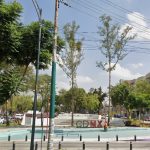
Nearest at 0.46 kms.
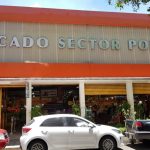
The fantastic neighborhood market for the Colonia Sector Popular . . .
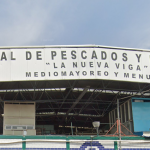
One of the world's biggest seafood and fish markets . . .
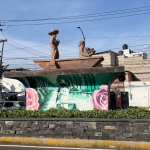
A remarkable front entrance to historic Santa Anita . . .

A tiny neighborhood park bears witness to a historical neighborhood . . .
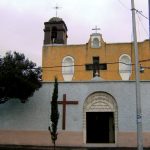
A tiny chapel recalls the long history of the Colonia Tránsito . . .